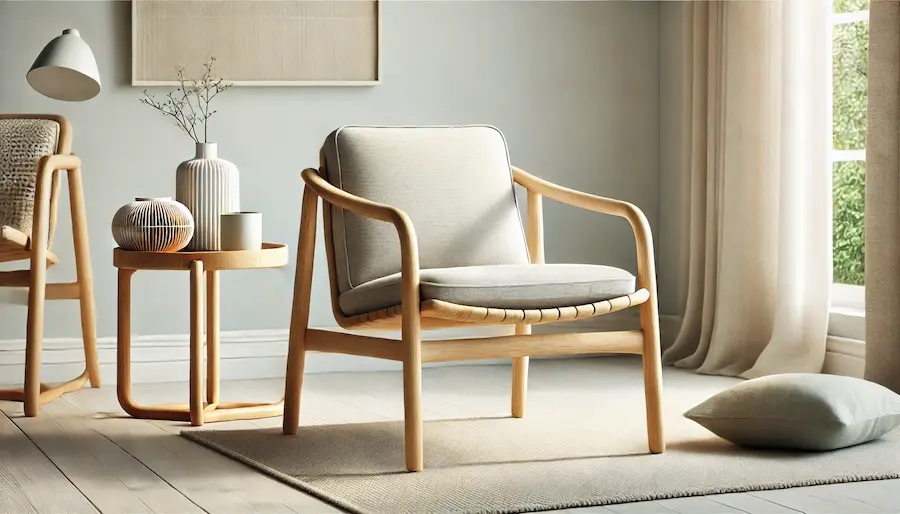Scandinavian chairs epitomize the principles of simplicity, functionality, and timeless beauty, reflecting the rich design heritage of the Nordic countries.
Introduction to Scandinavian Chairs
Scandinavian chairs are renowned for their minimalist aesthetics, ergonomic design, and use of natural materials. They prioritize functionality without compromising on elegance, making them versatile additions to various interior styles.
History and Origins of Scandinavian Chairs
The evolution of Scandinavian chair design is marked by significant milestones:
- Early 20th Century: Designers like Alvar Aalto introduced organic forms and innovative materials, such as bent plywood, exemplified by his Model 60 Stool.
- Mid-20th Century: The post-war era saw the rise of iconic designs like Arne Jacobsen’s Ant Chair (1952) and Swan Chair (1958), which showcased elegant simplicity and functionality.
Key Features of Scandinavian Chairs
Scandinavian chairs are distinguished by several hallmark characteristics:
- Natural Materials: Predominant use of woods like birch, oak, and teak, often combined with leather or high-quality fabrics.
- Functional Design: Emphasis on practicality and user comfort, with designs that support natural body posture.
- Minimalist Aesthetics: Clean lines, organic shapes, and a lack of unnecessary ornamentation, focusing on the essence of the form.
Applications of Scandinavian Chairs
The versatility of Scandinavian chairs allows them to enhance various interior styles:
- Residential Spaces: Serve as functional and stylish additions to living rooms, dining areas, and home offices.
- Commercial Environments: Commonly found in offices, cafes, and public spaces, offering both comfort and durability.
- Outdoor Settings: Designed with weather-resistant materials, Scandinavian chairs can enhance patios and garden areas.
Considerations When Choosing a Scandinavian Chair
When selecting a Scandinavian chair, consider the following factors:
- Authenticity: Determine whether you prefer an original vintage piece or a high-quality reproduction, each offering different levels of authenticity and price points.
- Condition: Assess the chair’s structural integrity and upholstery, especially if considering vintage items, to ensure longevity and comfort.
- Space Compatibility: Ensure the chair’s dimensions and style harmonize with your existing décor and spatial constraints.
Conclusion
Scandinavian chairs continue to captivate with their timeless design and innovative use of materials. By understanding their history, key features, and applications, you can select a piece that not only enhances your space but also pays homage to a pivotal era in design history.
